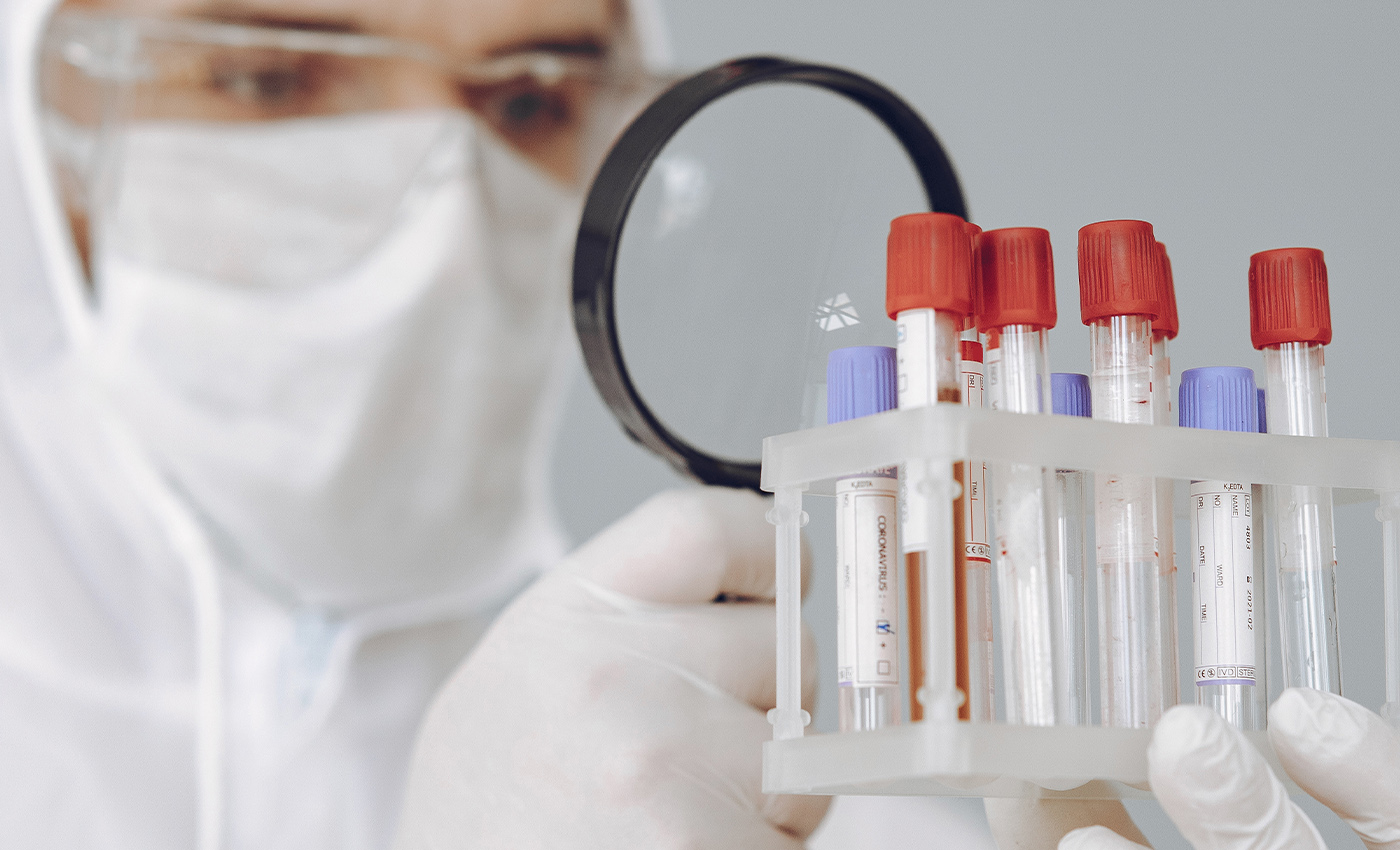
Vaccine development has various stages. On average, a vaccine takes about 10 years for development.
According to the World Economic Forum (WEF), developing a vaccine takes around 10 years and costs up to $500 million.
Vaccine development is a complex, time-consuming process, and resource-intensive studies are involved to detect rare safety issues and establish vaccine efficacy.
To determine the time when a vaccine will roll out into the market depends on the time utilized in different stages of the development cycle. The general stages of a vaccine's development cycle involve - Exploratory stage, the Pre-clinical stage, Clinical Development, Regulatory review and approval, Manufacturing, and Quality control.
Exploratory Stage: This stage involves basic laboratory research and often lasts 2-4 years. Federally funded academic and governmental scientists identify natural or synthetic antigens that might help prevent or treat a disease.
Pre-clinical development stage: Pre-clinical studies use tissue-culture or cell-culture systems and animal testing to assess the vaccine candidate's safety and its immunogenicity, or ability to provoke an immune response.
IND Application: A sponsor, usually a private company, submits an application for an Investigational New Drug (IND) to the U.S. Food and Drug Administration. The sponsor describes the manufacturing and testing processes, summarizes the laboratory reports, and describes the proposed study. The FDA has 30 days to approve the application.
Phase I Vaccine Trials: This first attempt to assess the candidate vaccine in humans involves a small group of adults, usually between 20-80 subjects. If the vaccine is intended for children, Researchers will first test adults and then gradually step down the age of the test subjects until they reach their target.
Phase II Vaccine Trials: A larger group of several hundred individuals participates in Phase II testing. Some of the individuals may belong to groups at risk of acquiring the disease. These trials are randomized, well-controlled, and include a placebo group. The goals of Phase II testing are to study the candidate vaccine’s safety, immunogenicity, proposed doses, schedule of immunizations, and method of delivery.
Phase III Vaccine Trials: Successful Phase II candidate vaccines move on to larger trials, involving thousands to tens of thousands of people. These Phase III tests are randomized and double-blind and involve the experimental vaccine being tested against a placebo (the placebo may be a saline solution, a vaccine for another disease, or some other substance). One Phase III goal is to assess vaccine safety in a large group of people.
Post-Licensure Monitoring of Vaccines: A variety of systems monitor vaccines after they have been approved. They include Phase IV trials, the Vaccine Adverse Event Reporting System, and the Vaccine Safety Datalink.
Phase IV Trials: Phase IV trials are optional studies that drug companies may conduct after a vaccine is released. The manufacturer may continue to test the vaccine for safety, efficacy, and other potential uses.
VAERS: The CDC and FDA established The Vaccine Adverse Event Reporting System in 1990. The goal of VAERS, according to the CDC, is ‘to detect possible signals of adverse events associated with vaccines.’
Therefore, on average, it takes around 10 years to develop a vaccine.
The COVID-19 pandemic has given rise to a lot of potentially dangerous misinformation. For reliable advice on COVID-19 including symptoms, prevention and available treatment, please refer to the World Health Organisation or your national healthcare authority.
Vaccine development has various stages. On average, a vaccine takes about 10 years for development.





Copied!